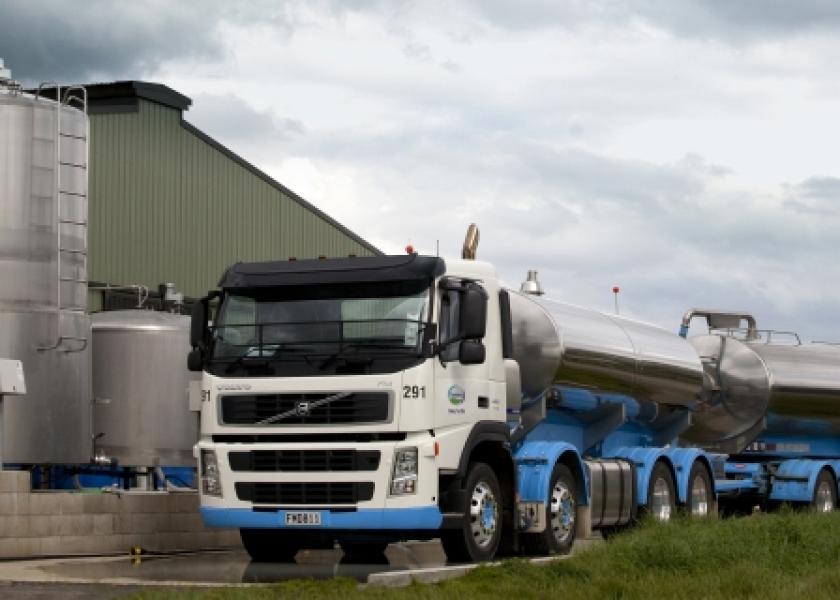New Zealand Dairy Futures Signal Further Slump at Global Auction

New Zealand whole milk powder futures have extended declines ahead of today’s GlobalDairyTrade auction, pointing to a further fall in prices.
September futures traded at $1,870 a metric ton in Wellington Wednesday and have dropped 11 percent since the previous auction on July 2, according to NZX Ltd. data. Contracts expiring October, November and December are at or near 2015 lows, and prices for all four contracts are below the whole milk powder average of $2,054 a ton set last auction.
“What we’ve seen in commodity markets is some broad-based weakness in prices, in part driven by concerns about what recent Chinese equity market gyrations means for future commodity demand,” Nick Tuffley, chief economist at ASB Bank in Auckland, said in an interview. “It would be entirely unsurprising if we see weakness in dairy prices come through” in the auction, he said.
Falling dairy prices add to signs that Reserve Bank of New Zealand Governor Graeme Wheeler will cut the official cash rate for a second time at his next decision on July 23. The RBNZ on June 11 lowered the rate a quarter point to 3.25 percent, noting that weaker prospects for dairy prices will slow income growth and delay inflation returning to its 2 percent target.
“The whole dairy side of the economy remains a risk and an uncertainty, and is why we think we’re going to get three more rate cuts coming through,” said Tuffley. He expects the cash rate to drop to 2.5 percent by October.
All 16 economists surveyed by Bloomberg expect a quarter- point cut to 3 percent next week.
Dairy prices have slumped to a six-year low amid a global glut and as China’s economy slows. China’s equity market last week suffered the worst rout in more than two decades.
Fonterra Cooperative Group, the world’s biggest dairy exporter, forecasts it will pay New Zealand farmers NZ$5.25 per kilogram of milksolids for the season ending May 31, 2016. ASB expects it will pay NZ$5.
The GDT auction is conducted tonight New Zealand time, during the European day.







